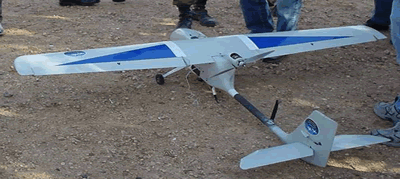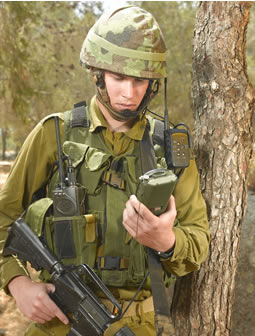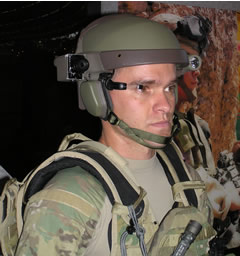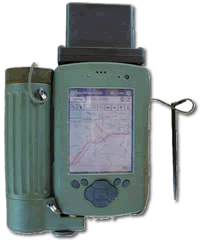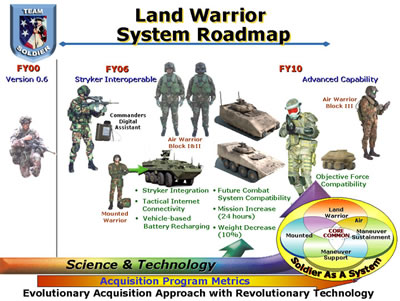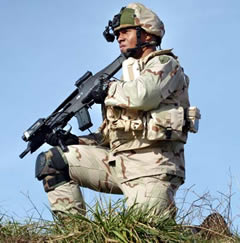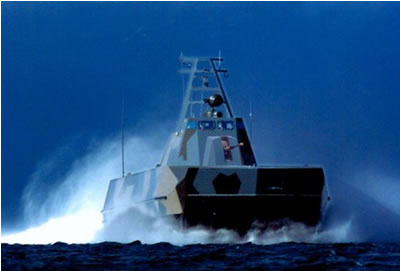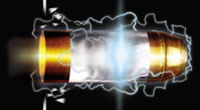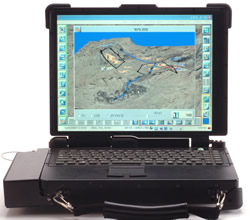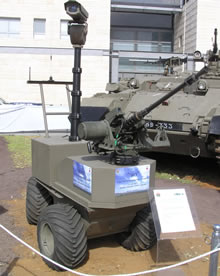BirdEye 500 mini UAV aimed provides real time airborne surveillance, reconnaissance and over the hill intelligence for forward units at battalion level and below. The system is equipped with a gimbaled payload, which provides sharp pictures at a range of several hundred meters, as required for close range operations.
The aircraft’s takeoff weight is 5 Kg, wingspan is 2 meters and its length is 1.5 meters. A system is comprised of three electrically powered unmanned aircraft and a portable Ground Control Station (GCS). The back packable system is carried in two backpacks and can be operated by a crew of two soldiers. The system can be assembled and ready for its mission within a few minutes. Operation is simple, no special skills are needed and training time is short. After a quick assembly in the filed, Spy There can operate on a 60 minute mission, flying autonomously toward a designated waypoint assigned by the mission control system. The system can operate at a range of 10 Km.
Israel Aircraft Industries (IAI) recently unveiled a new family of miniature UAVs designed for military, paramilitary, security and civilian applications. The family comprises the Bird-Eye 100 and Bird-Eye 500 low cost miniature UAV weighing 1.3 and 5 kg respectively. Both MAVs are designed for operation at a very low altitude, and are launched by hand or bungee. Both unmanned aircraft went through a series of tests recently. Bird-Eye went through a thorough evaluation by the Israel defense Forces, while Bird-Eye 500 was demonstrated in the Netherlands, to the local police. Flight demonstrations in the Netherlands were carried out by Condor UAV B.V, IAI’s newly assigned European distributor for miniature UAVs. During the flight demonstrations the UAVs were operated over farmland area on highway and monitoring and fire watch missions, which also provided introduction and orientation prior to safety approvals required for the final phase – flying over the Amsterdam metropolitan area, within the Control Tower Region (CTR) airspace controlled by the Schipoll airport.
The IAI team demonstrated the system’s silent operation, its ability to operate in high winds, and the minimal logistic footprint required for its operation. Using a high resolution gimbaled color camera, and flying dedicated flight patterns using an autonomous auto-pilot system, Bird-Eye 500 equipped with a typical gimbaled 850gr optical payload was flying at a speed of 25 – 45 knots, at an altitude of 500 feet above the ground, enduring strong winds. The mission included the monitoring of rail tracks in the vicinity of the Amsterdam central train station, mobile vehicle tracking, crowd control, waterway monitoring, and other missions performed to the complete satisfaction of the Amsterdam police. The performance of the MAV were compared to performance of manned aircraft and were reported as superior in all aspects. Chief-Commissioner of the Amsterdam Police, who attended the demonstration said that the police is interested in the new technology and see the opportunities to use mini UAVs in their police work. Condor UAV B.V., the Haarlem based Netherlands’ distributor of IAI/MALAT’s Mini-UAVs for civilian applications will be responsible for the marketing and customer support in several European countries.




